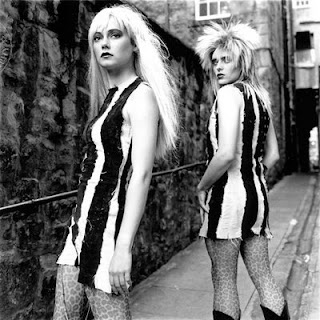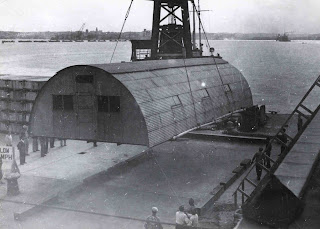Pop L.A.
The view from the car
 |
| detail of Back Seat Dodge '38. Ed Kienholz |
This reading touched on a lot but mostly staying centered around the car. Los Angeles boomed with population and in result of poor urban planning, it just sort of plopped outwards. Because of this poor planning and little to no central hub the population used cars as their main source of transportation. This was also while the car itself was being pushed past its mass produced uniform look and was being customized. This attracted artists to focus on the car as a symbol and a vessel for transition and momentum.
 |
| Illegal Operation, Ed Kienholz |
Directly relating to the people of the city; “(Edward) Kienholz, often motivated by anger, outrage, or a satirical impulse to explore highly charged topics ranging from illicit sex to illegal abortions, summoned forth passionate responses to his art… … At the same time the theatrical staging of the private in public and it’s monitoring by the museum inevitably made viewers aware of their own voyeurism and sexual desires.” Kienholz’s sculptures and art demanded the viewers and museum higher-ups directly. An attempt at censorship, failed, was a great examination on the public’s realization on their voyeurism.
Where does the museum as a “general” ambassador get to draw the line of what is to be viewed by the public or not? If its protecting some of the population, then put up a warning sign not to see it, after all- some people don’t even like driving past strip clubs or adult bookstores, while other people see that its no big deal.
 |
| Watts Towers (flickr artist unknown) |
Artists in LA greatly reacted to the car culture. A number of projects either centered around the car or shot from a car surfaced. Celmins’s freeway drives, Ruscha’s typology of apartments, gas stations and Sunset Boulevard transformed these “urban freeways into landscapes.” But drew attention to the commercial landscapes built around cars. In the Banham video he traveled everywhere via car, noticed all of the signs directed at motorists, talked with artists who use the car as their mode of transition on their art.
Based on the car culture alone, I feel the city itself is getting a little lost. LA as a city was said to “break all the rules” because of the business buildings being thrown on top of the residential districts. The artist with the plastics said he feels like he could only do that work in LA because of it being LA. That the city “gives him a mechanism.” The interview in the car at the drive-in, Banham mentions that he there are no monuments for people to locate and guide themselves through the city. Ruscha’s solution mentioned drive-ins, car washes and car related businesses and nothing that is a physical landmark, (more of a commercial landmark or nodes where you relate “this is where I wash my car”) like the Willis Tower, World Trade Centers, etc. the walkers in this interview and first reading were ignored.
The walkers are better addressed in the Allan reading as “spectators.” They’d participate in art walks and flood the streets. “Ruscha’s paintings could only benefit from the heightened awareness of the spectator as a pedestrian, with a mode of vision conditioned by the fundamental reality as well as one shaped by the free-way centered lifestyle in Southern California.” Allan mentions that there is two ways of seeing a painting and I’m guessing this would be if you are used to the high-speed movement on the freeway or if you’re not.
(this reading helped me relate as a person walking in the two books instead of being in a car, although the Sunset book is specifically shot in the middle of the street)
Addressing the space Ruscha illustrates in his books (Sunset and Apartments) it’s more of the spastic relationships the buildings have with each other along with the streets that make up the photographs in the book. That the users of these spaces were the ones intended to be using the books he made of those spaces.
Jumping back to Banham’s film. He made a great mention on Venice Beach and the Pacific Ocean Park and how they were to be un-slummed. The voice on the fictional car tour said that the new plan for POP and Venice Beach was that of some expensive yacht club neighborhood. His vocal reaction interrupting the narrator on tape “Where will all those people go?!” is the same that Jane Jacobs mentioned in her slumming/unslumming reading. Urban planners have these big ideas for the first part of their plan but when it comes to the residents, they fall short and don’t plan for them.
















































